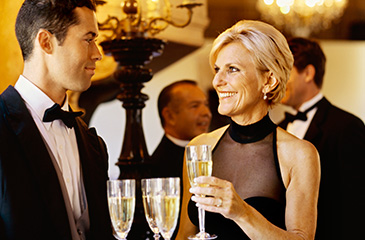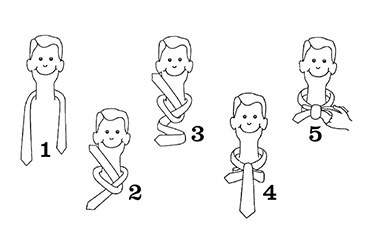
Understanding the 3 Basic Dress Terms + An Illustrated Guide to Tying a Bow Tie!
In a constantly evolving and changing society, where colloquialism becomes more and more the norm, there are still places where formalities and decorum remain. One of these remaining bastions of American tradition is the ever-present role of officers, spouses and children alike who live the Army life. To borrow from the foreword of the First Edition of The Army Wife Handbook, as written by Alma Powell:
[The Army Wife Handbook] provides a concise, informative guide to help you meet these occasions with grace and elegance.
To celebrate this handy and at times humorous book, we are extending some of the guidelines offered in The Army Wife Handbook, Second Edition, written by Ann Crosley and Carol A. Keller. Check back each week for excerpts right here on the Married to the Army: Alaska website, beginning with this guide on "Dressing for the Occasion," just in time for the holidays. If you’ve ever wondered what the differences between Formal, Informal and Casual attire are, look no further! The following pages contain a guide to dressing for every social occasion as told in The Army Wife Handbook.
Next Slide: An Overview of Basic Dress Terms

















